What is 7x64mm Brenneke ammo?💡
It is a rifle cartridge used for hunting and sport shooting. It’s named after its designer, Wilhelm Brenneke, and the cartridge dimensions (7mm bullet diameter and 64mm case length). The cartridge is designed to be used in rifles chambered for it. Overall, it is a popular choice among European hunters and sport shooters due to its performance and versatility in various hunting situations.
Features⌛️
The 7x64mm Brenneke cartridge possesses several features that make it a popular choice among hunters and sport shooters. Here are some of its notable features:
⚡ Flat Trajectory: The cartridge’s design allows for a relatively flat trajectory, which means the bullet doesn’t drop significantly over longer distances. This is beneficial for accurate shooting at varying ranges.
⚡ Effective Ballistics: The cartridge can achieve high velocities and offers good ballistic performance. This, coupled with appropriate bullet selection, contributes to effective terminal ballistics and penetration.
⚡ Terminal Performance: Depending on the bullet type and design, the cartridge can offer effective terminal performance due to its combination of bullet diameter and weight.
⚡ Medium Recoil: While not as mild as some smaller cartridges, the 7x64mm Brenneke still offers manageable recoil, which can make it comfortable for shooters to fire repeatedly without excessive fatigue.
⚡ Reloading Potential: Handloaders and reloaders have the option to customize the cartridge’s performance by selecting different bullet types and powder charges, tailoring it to their preferences and specific hunting needs.
Benefits⭐️
The 7x64mm Brenneke cartridge offers several benefits that make it a popular choice among hunters and sport shooters. Here are some of the key advantages:
🔷 One of the primary advantages is its versatility. It is capable of effectively hunting a wide range of game sizes, from medium-sized deer and boar to larger game like elk and moose. This versatility makes it a go-to choice for hunters who pursue different types of game.
🔷 The combination of a balanced ballistic profile and moderate recoil contributes to the cartridge’s inherent accuracy. Shooters can expect consistent and reliable accuracy when using well-designed ammunition and firearms.
🔷 It has a strong tradition in European hunting circles, where it’s widely used for various game species. This history underscores its effectiveness and suitability for a wide range of hunting scenarios.
🔷 The balanced ballistic characteristics and versatility of the cartridge contribute to ethical hunting practices. It helps ensure that hunters can deliver effective shots that minimize animal suffering.
Ballistic Performance🎯
The 7x64mm Brenneke is a rifle cartridge that was developed by Wilhelm Brenneke in the early 20th century. Here’s some information about its ballistic performance:
| ☑️ Velocity: The velocity of a bullet depends on the specific load and bullet weight. Generally, velocities range from around 2,600 to 3,000 feet per second (fps) for typical bullet weights of 140 to 175 grains. Higher velocities are achievable with lighter bullets and higher powder charges. |
| ☑️ Energy: It is a key factor in its stopping power and ability to take down the game. The 7x64mm Brenneke can deliver energy levels ranging from 2,500 to 3,000 foot-pounds (ft-lbs) depending on the specific load. This energy level is sufficient for hunting medium to large game at reasonable distances. |
| ☑️ Trajectory: The trajectory of the bullet refers to its path through the air. The 7x64mm Brenneke typically exhibits a relatively flat trajectory for a medium-bore cartridge, making it effective for shooting at varying distances without excessive bullet drop. |
| ☑️ Accuracy: The accuracy of the cartridge largely depends on the quality of the rifle, the shooter’s skill, and the specific load being used. Generally, it is known to be accurate and capable of delivering consistent groups at various distances. |
| ☑️ Recoil: Recoil is a consideration for shooters, especially when firing multiple rounds. The 7x64mm Brenneke generates moderate recoil, which can be managed by experienced shooters. Adequate stock design and recoil pads can help mitigate the effects of recoil. |
| ☑️ Game Performance: It is well-suited for hunting a wide range of game, from smaller species like deer and boar to larger species like elk and moose. The cartridge’s combination of velocity and energy provides reliable penetration and expansion, making it effective for ethical and humane kills. |
Best 7x64mm Brenneke Ammo Reviews
1# PSPBT – Prvi Partizan – 7x64mm Brenneke – 140 Grain – 20 Rounds
Would you like something a little different? The PSPBT – Prvi Partizan – 7x64mm Brenneke – 140 Grain – 20 Rounds might be just what you need! This unique round features a 140-grain PSPBT bullet, perfect for hunting. As a result of using this product, we found that the bullet’s sharp profile and tapering base reduce drag, while its high 0.447 ballistic coefficient means it carries over 1,000 ft-lbs of energy. Don’t miss out on this rare find – order your PSPBT today!
2# JSP – Remington Core-Lokt – 7x64mm Brenneke – 140 Grain – 20 Rounds
Need the best big-game ammunition on the market? Pay attention to Remington Core-Lokt. This time-tested load has been filling tags on every continent for over 75 years and is the perfect choice for your next hunt. The controlled expansion bullet delivers massive 2X expansion and weight retention for consistent, on-game results. The soft point versions are available in a variety of bullet weights to match any centerfire hunting caliber, so you can be confident you’re prepared for anything. With such a long history of success, you can trust your next hunt for this ammunition.
Basic info about reloading🧑🔧
Reloading ammunition can be a rewarding process for experienced shooters who want to tailor their loads to specific shooting or hunting scenarios. Here’s some basic information about reloading 7x64mm Brenneke ammo:
|
1️⃣ Brass Preparation: 💥 Start with high-quality, once-fired brass cases in 7x64mm Brenneke. Inspect cases for signs of wear, cracks, or defects. 💥 Clean the cases using a tumbler to remove dirt, debris, and fouling. |
6️⃣ Crimping (Optional): 💥 Some loads may require crimping to secure the bullet in place. 💥 Use a crimping die to apply a slight crimp to the case mouth. |
|
2️⃣ Resizing and De-Priming: 💥 Use a resizing die to reshape the brass to the proper dimensions. 💥 De-prime the case by removing the spent primer. |
7️⃣ Quality Control and Inspection: 💥 Inspect each reloaded cartridge for proper components, seating depth, and crimp (if used). 💥 Use calipers to measure case length and overall cartridge length for consistency. |
|
3️⃣ Primer Seating: 💥 Place a new primer into the primer pocket using a priming tool. 💥 Ensure the primer is seated correctly and flush with the case head. |
8️⃣ Testing and Incremental Load Development: 💥 Start with the recommended starting load from a trusted reloading manual. 💥 Gradually work up to the desired velocity and accuracy, watching for signs of pressure. |
|
4️⃣ Powder Charging: 💥 Select a suitable powder type and load data for 7x64mm Brenneke. 💥 Use a powder scale to measure the correct powder charge. 💥 Carefully pour the measured powder into each case. |
9️⃣ Reloading Manuals and Data: 💥 Always refer to reputable reloading manuals for accurate load data. 💥 Follow the load data precisely and do not exceed the maximum recommended loads. |
|
5️⃣ Bullet Seating: 💥 Select the appropriate bullet type and weight for your intended use. 💥 Use a bullet seating die to carefully seat the bullet to the desired depth. 💥 Ensure consistent bullet seating depth for accuracy. |
🔟 Safety Precautions: 💥 Safety is paramount in reloading. Always wear appropriate safety gear. 💥 Store primers and powders in a cool, dry place away from open flames. 💥 Double-check data and components to prevent dangerous mistakes. |
📌 Remember that reloading ammunition requires careful attention to detail and adherence to safety guidelines.
FAQ🧐
Conclusion🙂
7x64mm Brenneke ammo is a great choice for hunting game. It has good stopping power and can take down most big game animals with ease. In this article, we’ve listed some of the top-rated ammo products available today. We also answered some common questions about it to help you make an informed purchase. Thanks for reading!🥰❤️🔥
Affiliate Disclosure: Rotorm.com sometimes gets paid for listings, through sponsors or affiliate programs like Amazon, Optics Planet, Lucky Gunner, Brownells, Cabelas, Rainier Arms, 5.11 Tactical, Bass Pro Shop, etс. Clicking a link helps keep Rotorm.com free, at no extra cost to you!
About the author: Each article on our site is written by experts in survival and tactical equipment, gun enthusiasts, extreme travelers, military, law enforcement and desperate professionals, read about the author at the bottom of the article or visit "About Us" page.
Note: The views and opinions expressed in this article are those of the authors and do not necessarily reflect the official policy or position of any agency.

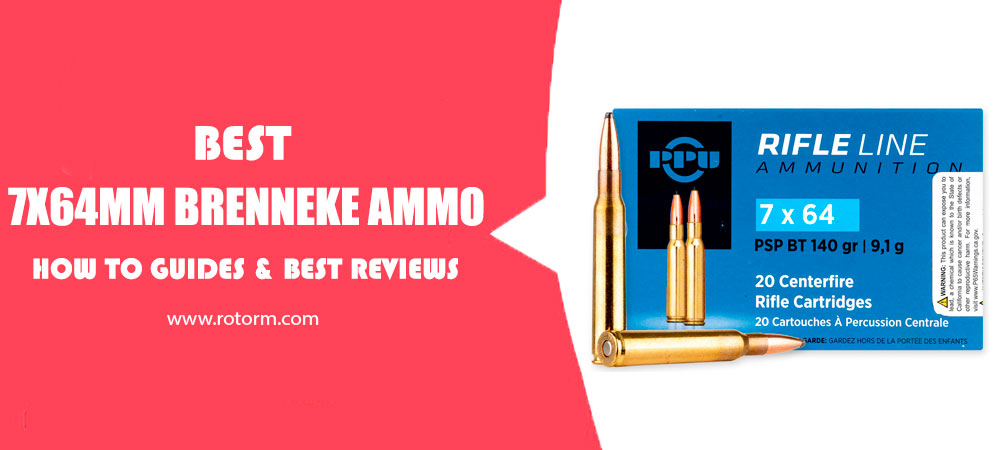
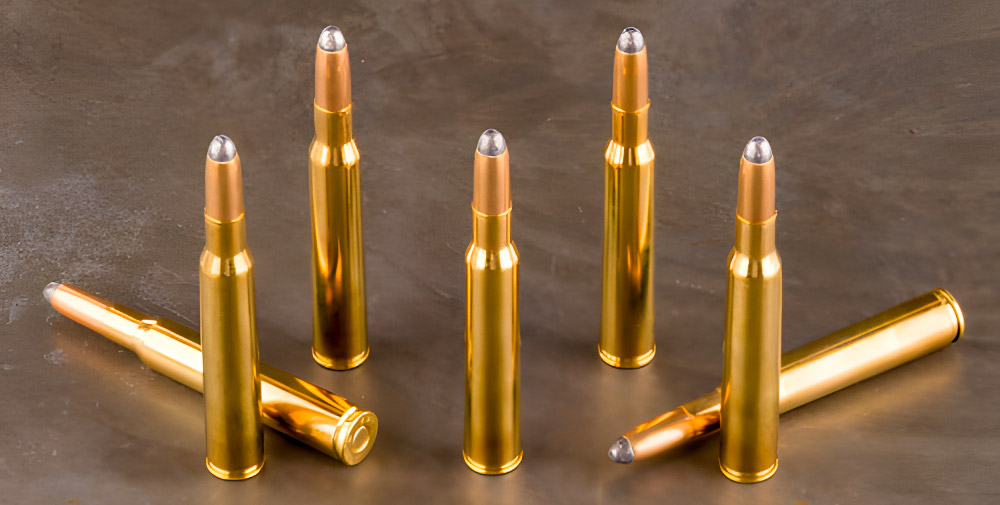
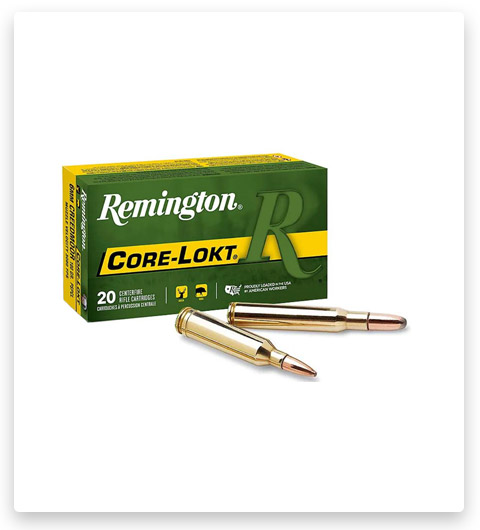
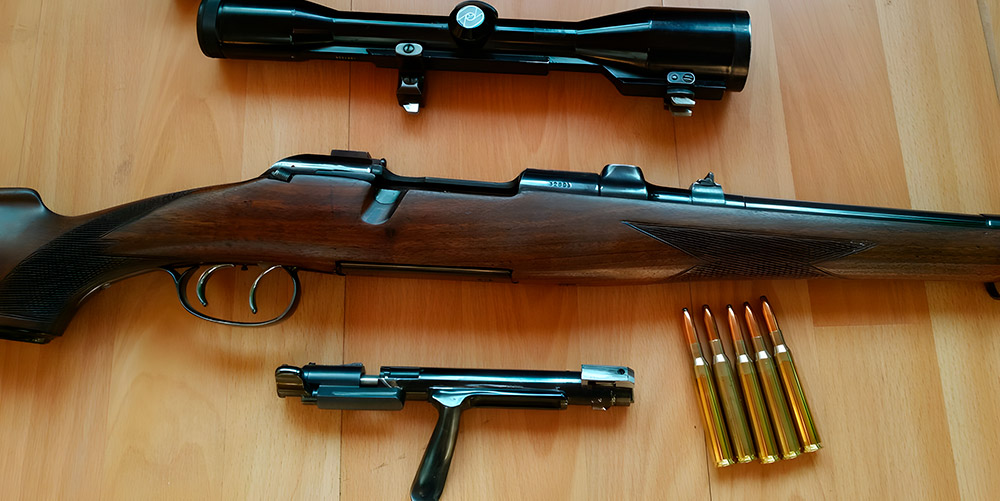
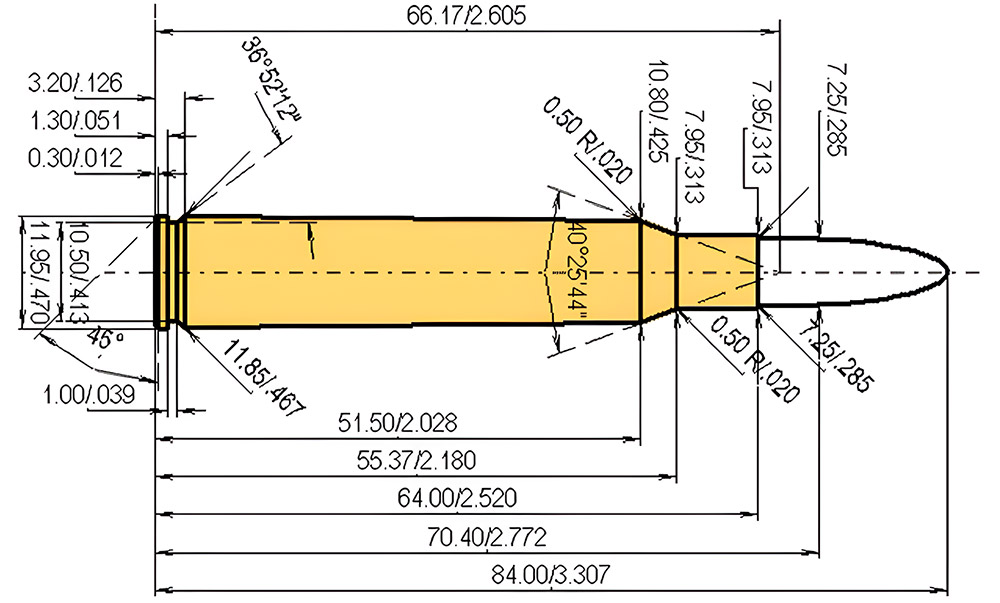
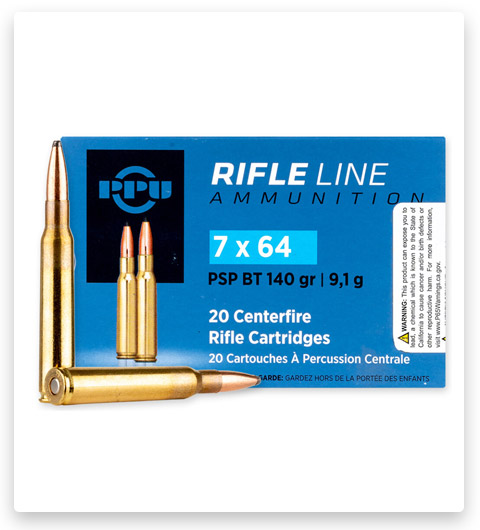
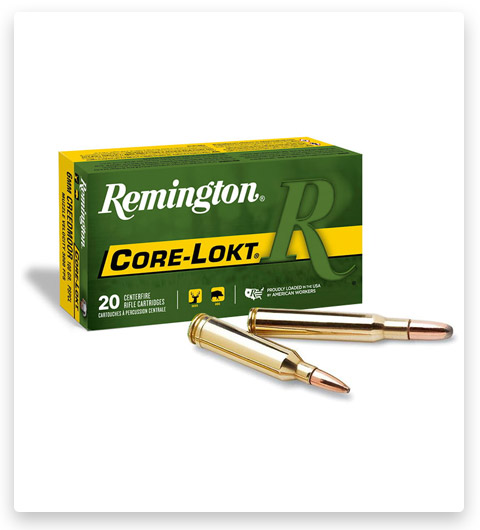
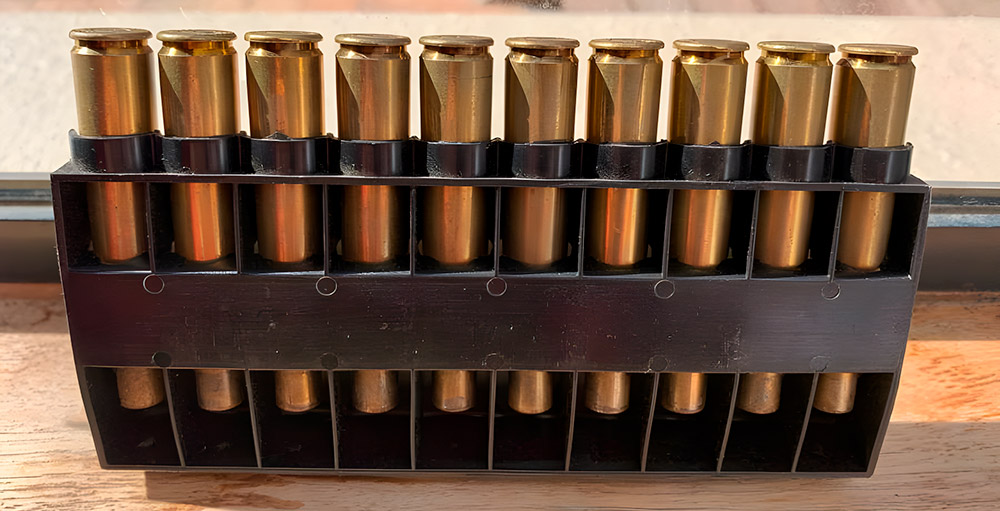
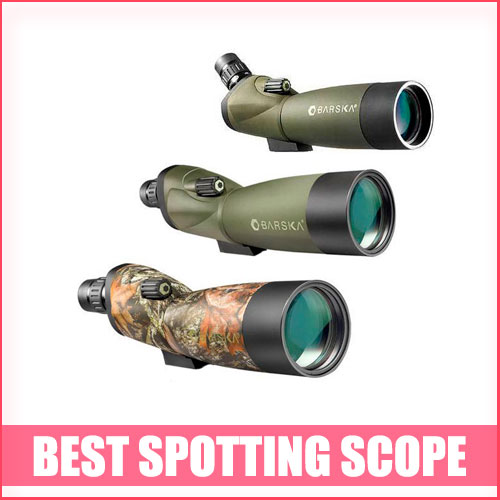
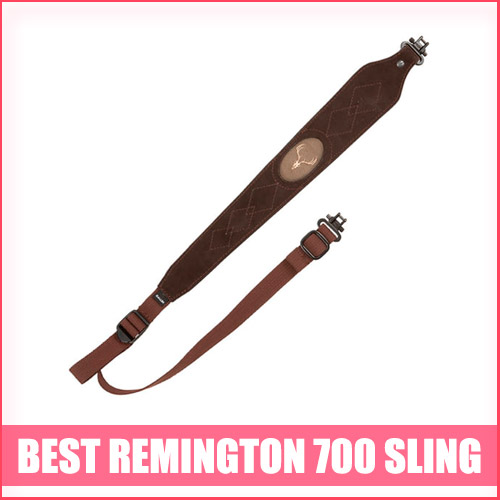

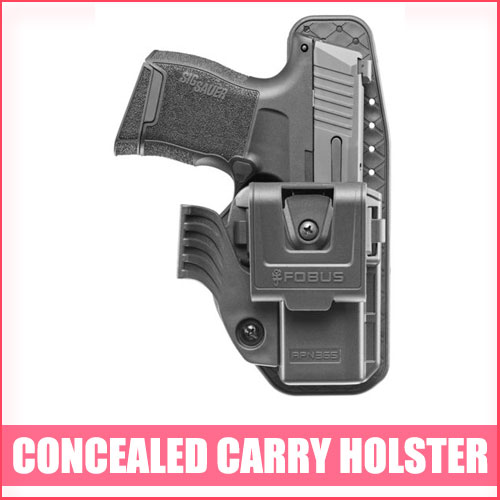
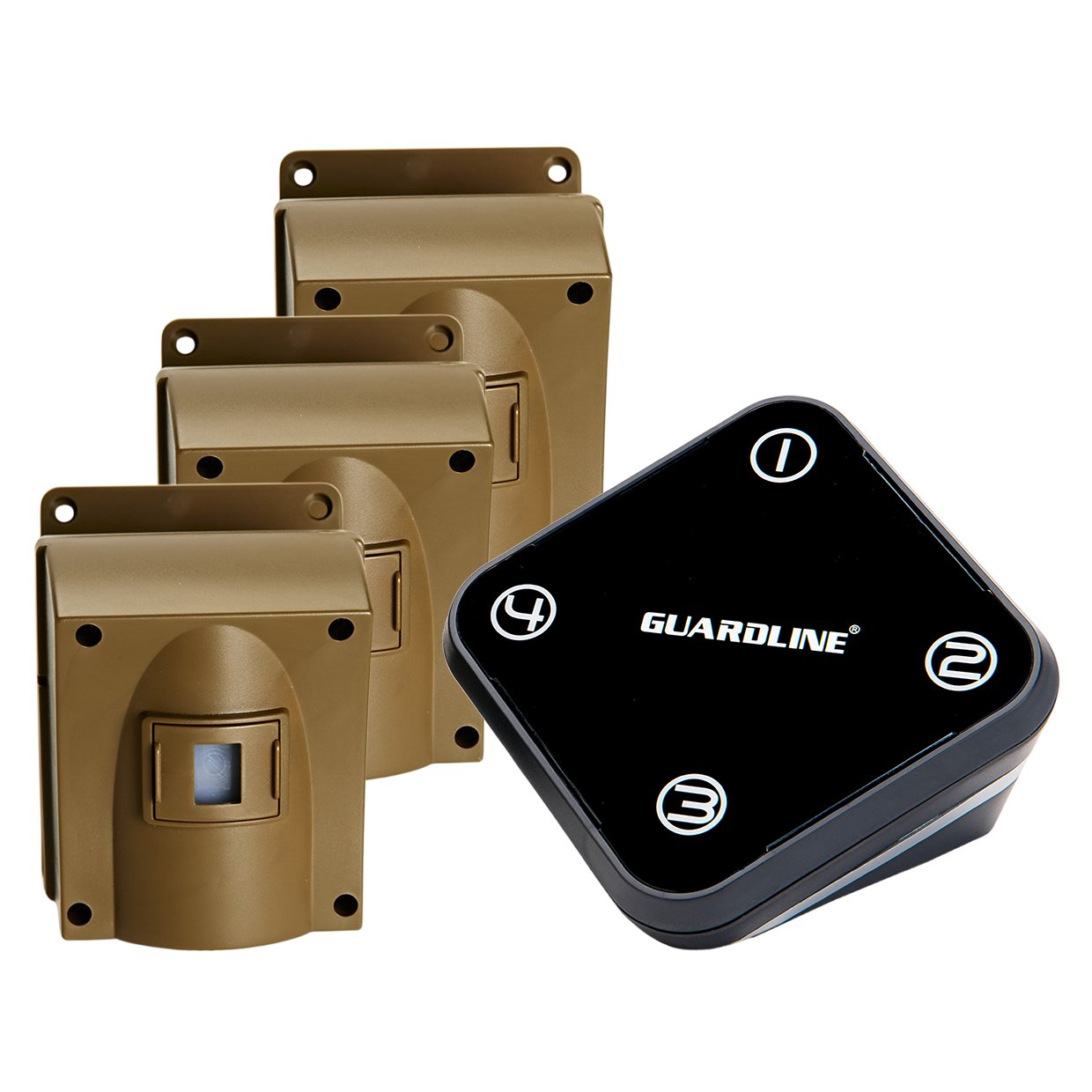
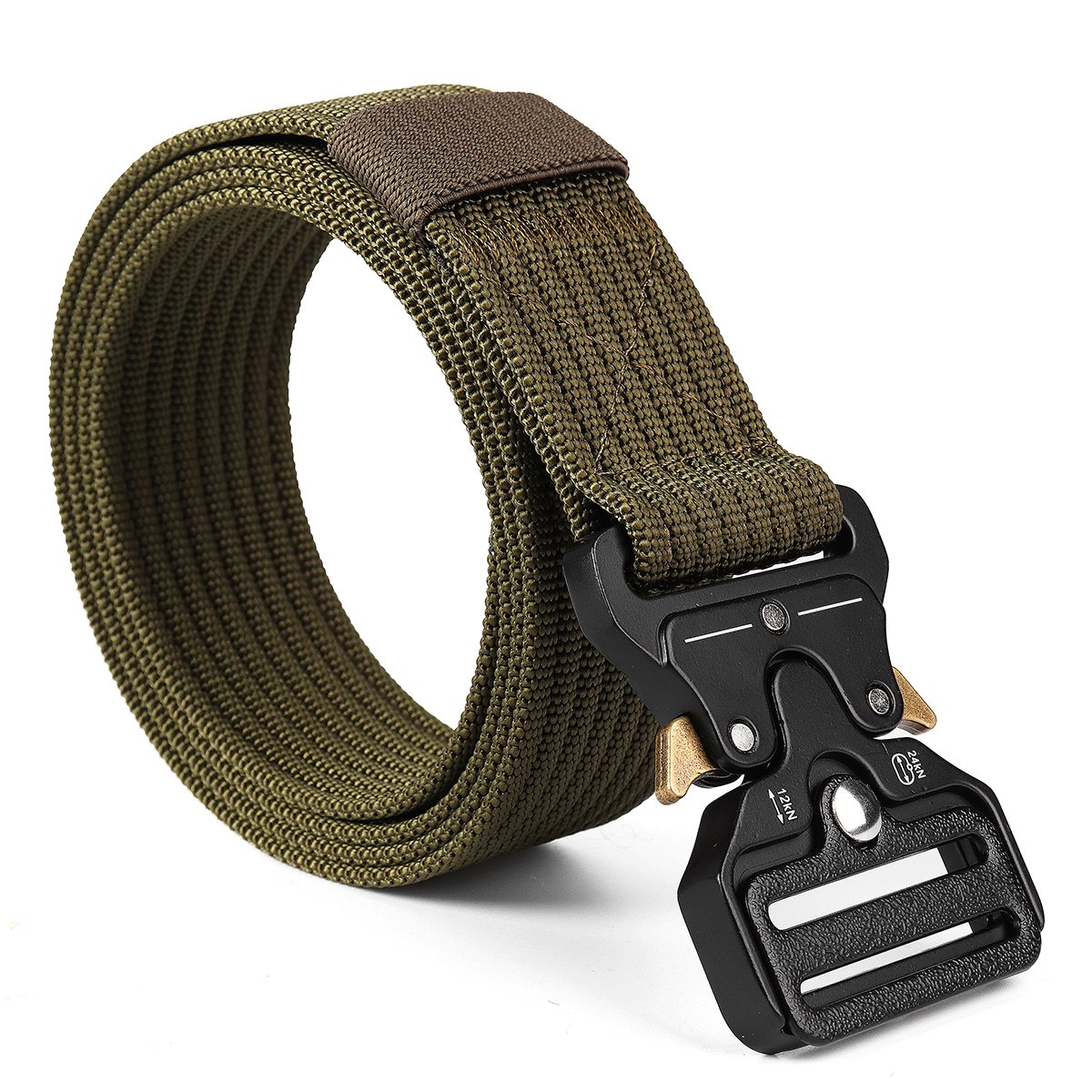

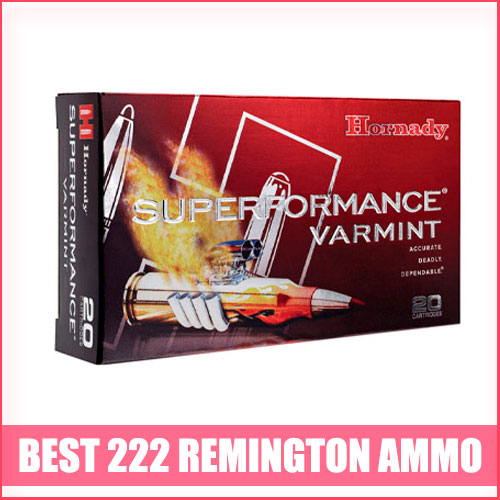
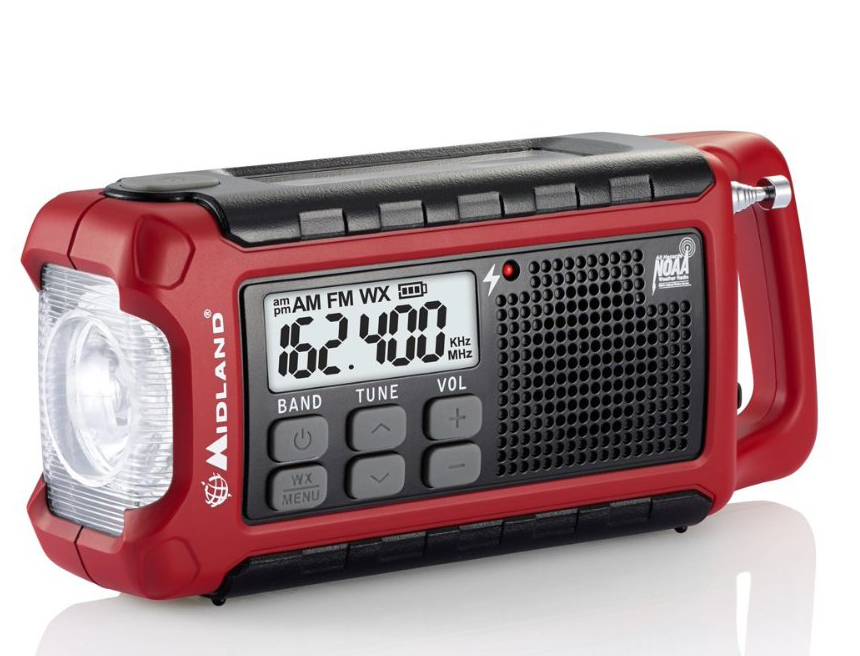
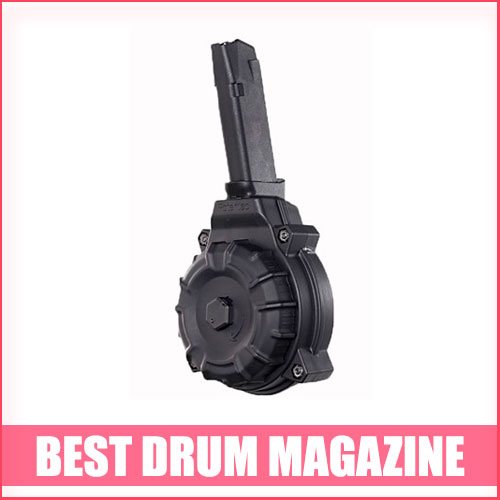
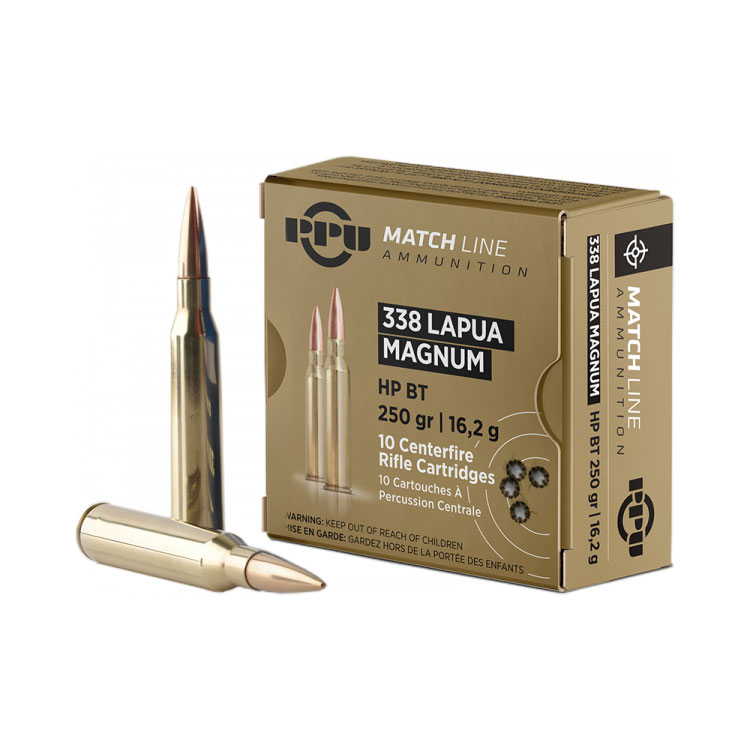
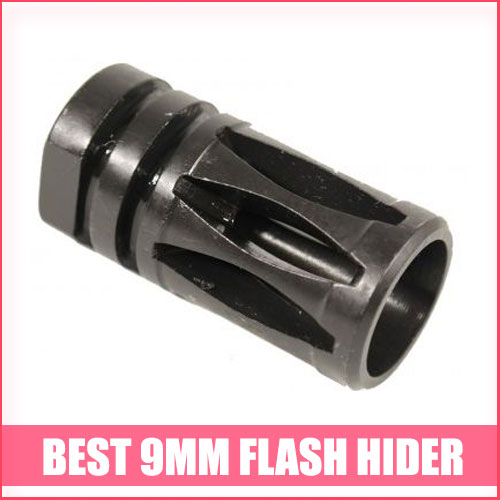
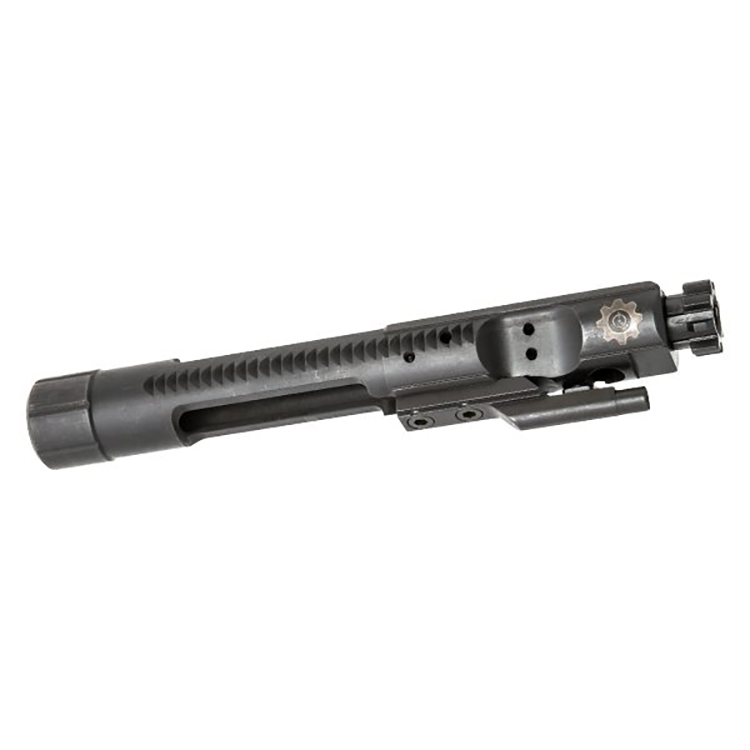
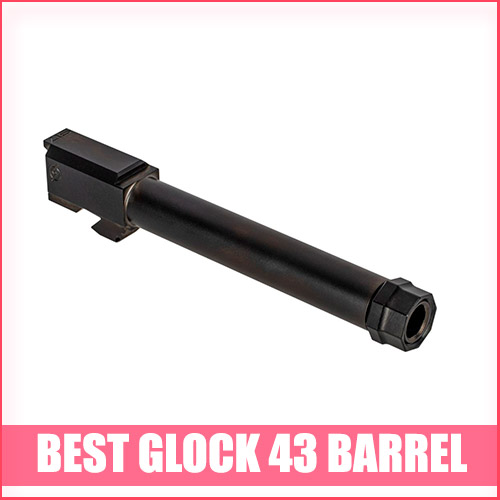

I’ve come across a fantastic deal – an opportunity to acquire a 7×64 Brenneke barrel for my Merkel rifle at a truly attractive price. As I’ve delved into research about this caliber, it’s piqued my interest with its promising qualities. The 7×64 Brenneke seems like a caliber worth exploring, and I’m keen to gather insights from those who are already familiar with it. How has this caliber performed for you, and in what ways are you putting it to use? Many thanks in advance for your insights!
What I find particularly appealing about the 7x64mm Brenneke is its historical significance. It predates popular cartridges like the .270 Winchester, .280 Remington, and perhaps even the Wildcat 7mm-06. In the USA, the availability of factory ammo for this caliber is somewhat limited. As for the 7x64mm rifle with its 24″ barrel, my focus will be on discovering the ideal bullet within the 155-175 grain spectrum. The larger cartridge case of the 7x64mm seems to offer a broader range of versatility compared to the 7x57mm cartridge, at least in my opinion.
I’m fortunate to own a 7×64 cartridge. My experience with it has been quite remarkable thus far. I’ve had the opportunity to take down five red deer spanning distances of around 70 to 390 yards. For these hunting occasions, I opted for JSP – Remington Core-Lokt – 7x64mm Brenneke – 140 Grain – 20 Rounds. The performance of this round has left a strong impression on me. It’s proven itself to be quite capable, effectively bringing down game across varying distances.
I’ve managed to gather a couple of boxes of PSPBT – Prvi Partizan – 7x64mm Brenneke – 140 Grain – 20 Rounds. These options will be my companions as I finally make my way back to the range and put some serious shooting time in. It’s shaping up to be an interesting journey with a variety of ammunition to explore and evaluate.
It seems like I might be one of just a handful of folks in the US who are enthusiasts of the 7×64 caliber. Strangely, there’s a significant scarcity of reloading data for this caliber on the major bullet and powder websites. I’m curious if any enthusiasts out there have found success with 150 or 160-grain bullets using powders of a more familiar American variety. Thankfully, I’m equipped with a robust bolt-action Mauser M12 that can handle what most would consider “normal” loads. Yet, I’m particularly in search of a load that can push a 150-160 grain bullet beyond 2700 fps – a goal that’s been met with frustration given the discrepancies between published data and actual results on the chronograph.
Given the close relationship between the .280 and 7×64 calibers, I’m personally inclined to take a comparative approach. I’ve been looking into the water capacity of both cartridges and adjusting my starting loads accordingly. This strategy has been my go-to, especially considering the dearth of available load data for certain powders. In truth, it’s far from a straightforward process. If it were, the consequences could be dire due to the risk of a catastrophic mistake. This approach requires careful consideration, flexibility, and a willingness to adapt based on the available data and case characteristics.
I’ve been pondering the idea of creating an improved version of the 7×64 Brenneke, and I’m wondering if it might be a more appealing option compared to the .280 Remington. What are your thoughts about it?
I’m well aware of the history of the .280 Remington, having owned a couple myself over the years. The idea of having another one built is certainly appealing to me. However, the stumbling block here is the availability of suitable brass. In the meantime, the 7×64 Brenneke is a viable alternative. With Lapua offering brass for this caliber, it’s a tempting option. All things considered, the 7×64 seems like a solid contender, given the current brass availability situation.
My curiosity has been piqued by the allure of a classic rifle chambered in 7×64 Brenneke. I’m drawn to the idea of owning a piece of history that exudes timeless charm. I’m looking to uncover those unique insights, stories, and details about the 7×64 Brenneke that go beyond what can be found in standard sources like Wikipedia. Your firsthand experiences and expertise could provide a deeper understanding of what makes this classic caliber so special.
This caliber holds a significant place in European firearms history. While the name Brenneke is often associated with rifled shotgun slugs, it’s important to recognize that Wilhelm Brenneke, the founder, was an exceptional gunsmith with a diverse range of contributions. His legacy extends far beyond just shotgun slugs, encompassing a prolific portfolio of cartridge and projectile designs. Wilhelm Brenneke’s journey led him to Suhl, where he became a key player in the German sporting firearms industry. This period marked the birth of some remarkable innovations. Notably, he developed one of the earliest jacketed lead-core hunting bullets and even pioneered an early version of the shotgun slug. His visionary work laid the foundation for a range of sporting bullet and cartridge designs that would become iconic in the field. Amidst historical upheavals, the Brenneke family’s escape from East Germany further exemplifies their dedication to their craft. Settling in the Hanover area after several decades, they carried forward Wilhelm’s legacy. Of Brenneke’s numerous cartridge designs, three have persevered: the rimless 7 x 64mm, the nearly identical 8 x 64mm (differing only in caliber), and the larger-cased 9.3 x 64mm. The availability of rimmed versions further expands the lineup, catering to the preferences of different gun enthusiasts. These cartridges have stood the test of time and have carved their place in the realm of classic firearms.
An interesting observation is the comparison often made between the 7 x 64mm and the .280 Remington. While some American perspectives label the 7 x 64mm as a predecessor of the .280R, the historical timeline tells a different story. Introduced in 1917 by Brenneke, the 7 x 64mm predates the .280 Remington by four decades. Despite their ballistically similar profiles, nuances in case dimensions set them apart. This caliber has demonstrated its worth on the field, finding kinship with cartridges like .270W and .280R. However, it’s essential to acknowledge its limitations, particularly in the context of British deerstalking, where high terminal velocities and potential meat damage can be concerns. Overall, exploring the 7 x 64mm Brenneke opens a window into the world of classic European firearms, with its history, legacy, and continued relevance painting a rich and multifaceted picture.